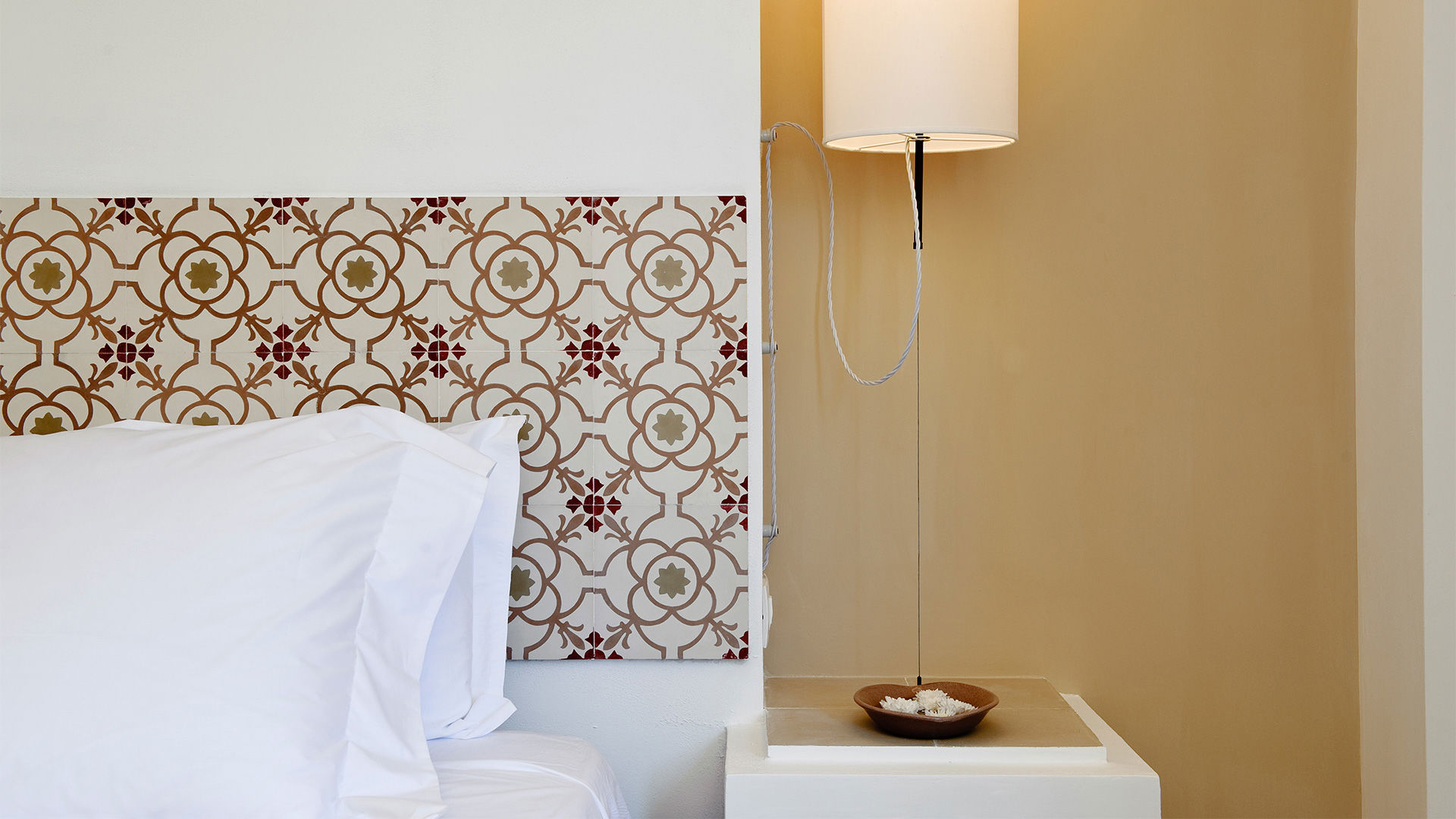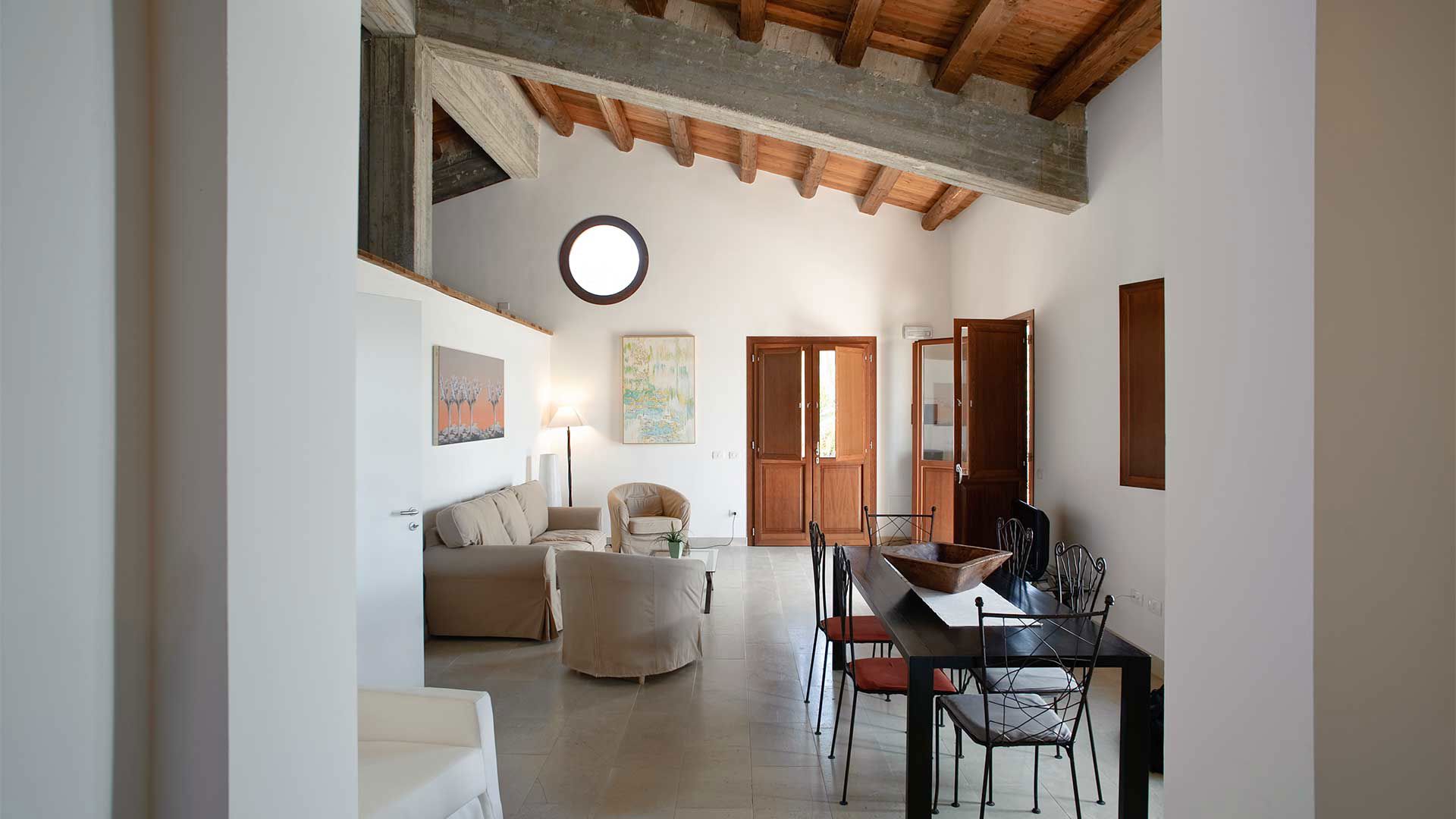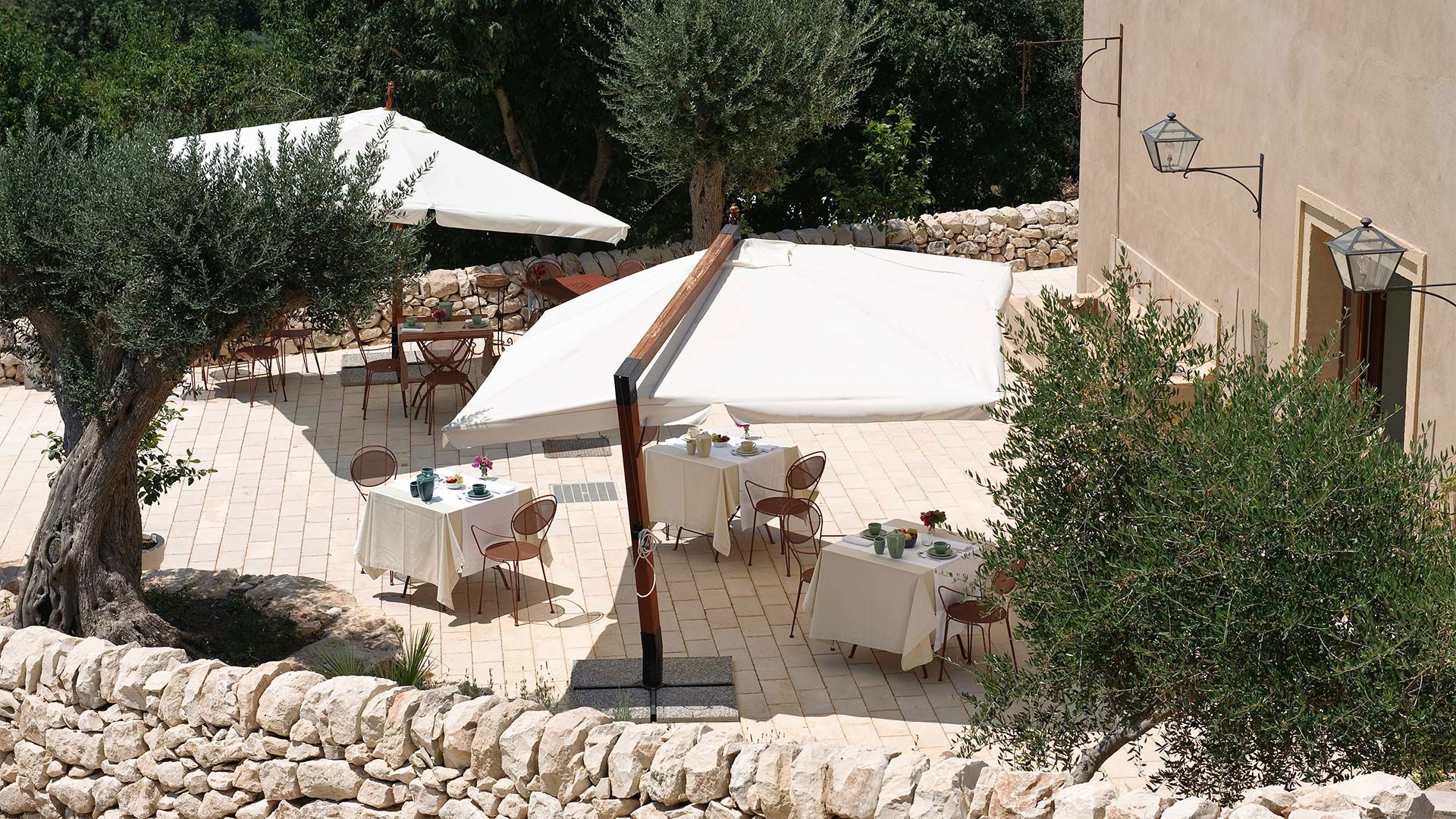



In the heart of the Val di Noto, among centuries-old olive trees and ancient dry-stone walls, stands Relais Parco Cavalonga: a charming retreat where nature, art, and history come together to offer a truly authentic sense of well-being. Discover the enchantment of a scattered hotel set within a 10-hectare natural park, where every corner tells the timeless story of the Iblean landscape.


Our 15 bright and panoramic rooms, each with its own unique character and soul. Elegant in their simplicity, these spaces reflect the authentic spirit of the land: soft local stone, handcrafted furniture, and natural light create a warm and relaxing atmosphere.


The 7 Apartment-Suites at Parco Cavalonga are nestled within a charming 20th-century villa and the rustic houses of the estate, each carefully restored using authentic local stone and materials to create a seamless blend of timeless tradition and modern comfort.


In the ancient farmhouse of Parco Cavalonga, the Restaurant I Paladini, decorated with a mural depicting the Battle of the Paladins; offers a unique experience of authentic flavors and Sicilian stories.


Let yourself be enveloped by the tranquility of nature with massages and rejuvenating treatments, to be enjoyed in the shade of a majestic carob tree, in a captivating natural cave, or in the complete privacy of your room.


Imagine a place where each day brings a new discovery—where nature welcomes you gently, flavors tell ancient stories, and time slows down, allowing you to savor every emotion with ease.